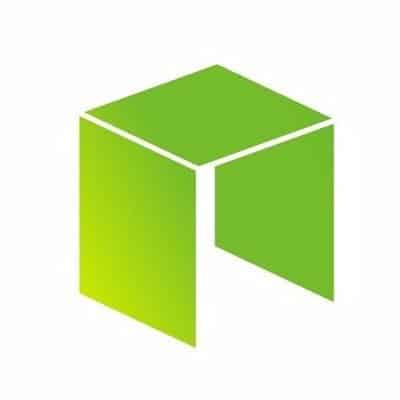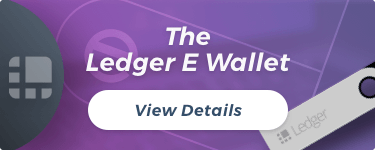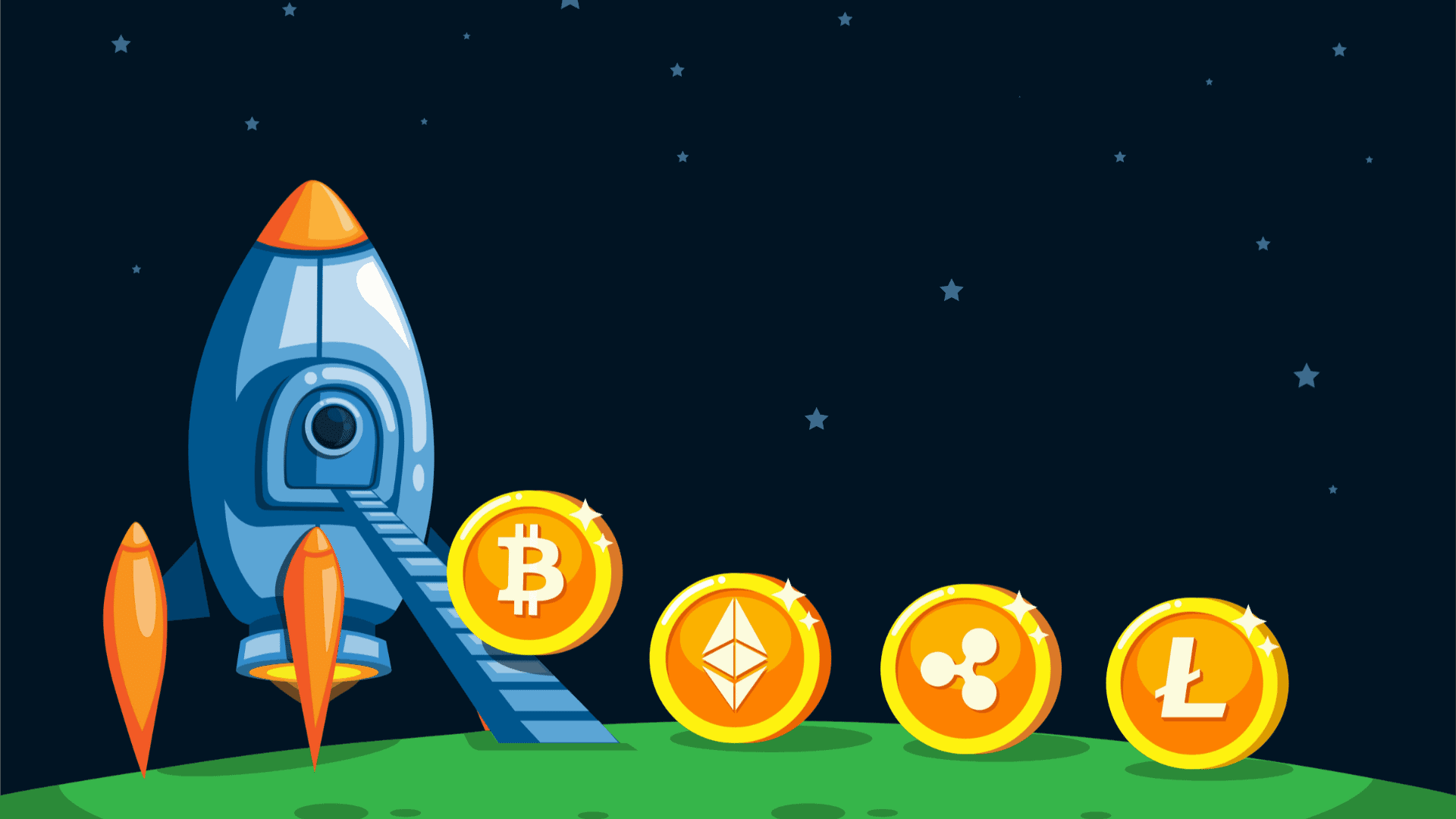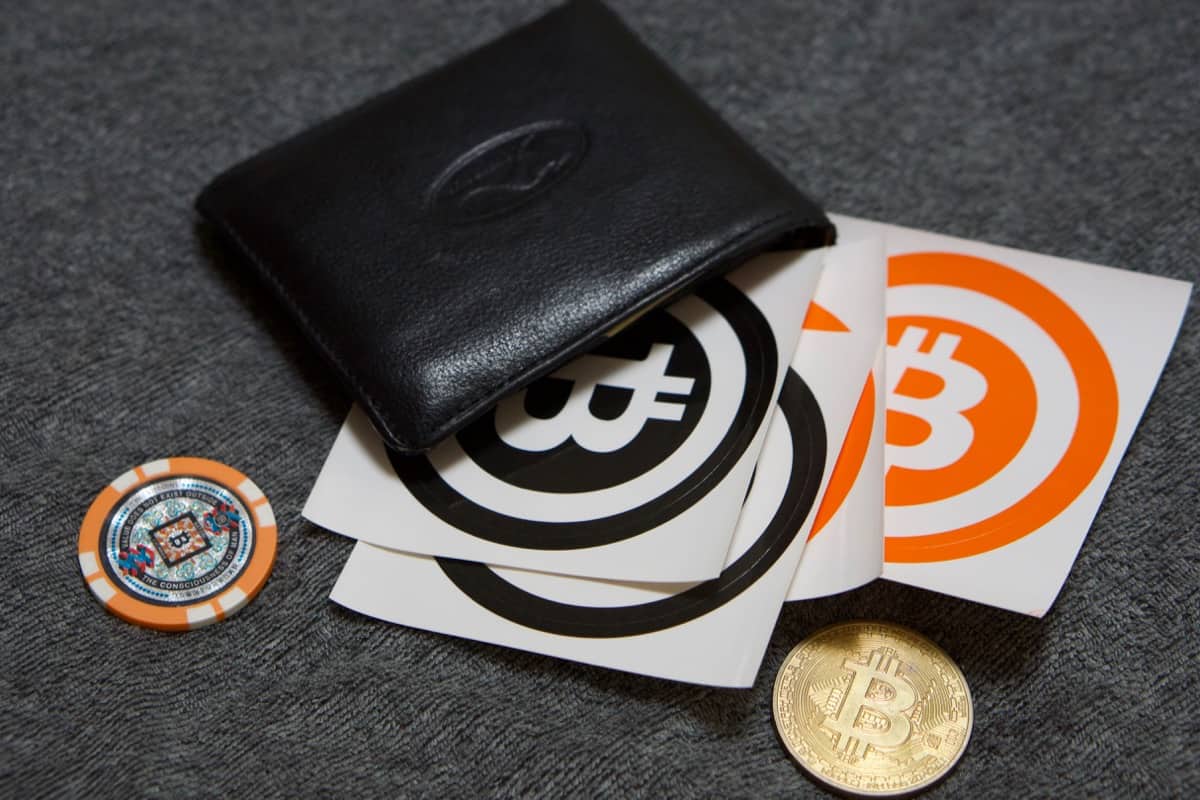
Litecoin (LTC)
| Market Cap | Volume | Last Trade |
|---|---|---|
Litecoin Details
| Built On | Launch Date | Proof Type | Max Supply | Circulating Supply | Website |
|---|---|---|---|---|---|
| 0 | 0 | NO | Platform | Block Reward | Block Time | Block Number | Net Hashes Per Sec | Litecoin |
| 0 | 0 | Trade |
Litecoin (LTC) price today is $0.0000000 USD. Trading volume was 0.00 LTC in the last 24 hours. Current market cap of Litecoin is $0 USD. Litecoin has a circulating supply of 0 LTC coins out of a maximum supply of 0 LTC coins.
An In-Depth Look at Litecoin (LTC)
What is Litecoin (LTC) and how does it work?
Litecoin (LTC) is a peer-to-peer cryptocurrency that was created by Charlie Lee, a former Google engineer, in October 2011. It was designed to be a "lite version" of Bitcoin, featuring several key differences, including faster block generation times, a different hashing algorithm, and a larger maximum number of coins.
Overview
Litecoin was launched on 2013-04-28 00:00:00 as an open-source software project released under the MIT/X11 license. Its creation and transfer are based on an open-source cryptographic protocol and are not managed by any central authority. Litecoin's purpose was to improve upon Bitcoin, the most popular cryptocurrency at the time.
The cryptocurrency was designed to facilitate a decrease in transaction confirmation time, increase the total supply of coins, and implement a different hashing algorithm. These changes aimed to create a digital currency that could handle a higher volume of transactions and be mined with consumer-grade hardware.
Technical Aspects
Litecoin operates on a public ledger known as the blockchain. It utilizes proof-of-work for its consensus protocol, similar to Bitcoin. However, unlike Bitcoin, which uses the SHA-256 hashing algorithm, Litecoin uses Scrypt. This difference makes Litecoin mining less susceptible to being monopolized by Application-Specific Integrated Circuits (ASICs).
Another significant divergence from Bitcoin is Litecoin's block generation time. Litecoin's network aims to process a block every 2.5 minutes, as opposed to Bitcoin's 10 minutes. This allows for faster transaction confirmation. The total supply of Litecoin is capped at 84 million coins, four times greater than Bitcoin's 21 million.
Team
Litecoin was founded by Charlie Lee, a computer scientist and a former Google engineer. Lee launched Litecoin while working at Google, before later becoming the Engineering Director at Coinbase, one of the most popular cryptocurrency exchanges.
Lee is a well-known figure in the cryptocurrency community and regularly posts about Litecoin and cryptocurrency on his Twitter account. He is known for his transparency and has been open about his vision for Litecoin as a complementary currency to Bitcoin.
Since Litecoin is an open-source project, it is supported by a community of developers who contribute to its codebase. The Litecoin project is also backed by the Litecoin Foundation, a nonprofit organization that promotes the cryptocurrency and its uses for good. Charlie Lee currently serves as the Managing Director of the Litecoin Foundation.
Litecoin does not have any official investors or partners, given its open-source nature. However, it has gained wide acceptance among many businesses and merchants worldwide due to its longevity, security, and wide user base.
In summary, Litecoin stands as one of the oldest and most established cryptocurrencies. With its robust technical design, a committed team, and widespread acceptance, it continues to be a significant player in the cryptocurrency market.
How Does Litecoin (LTC) Make Money?
Litecoin (LTC) is a peer-to-peer cryptocurrency that was created in 2011 by Charlie Lee, a former Google engineer. It is based on the Bitcoin protocol and is often referred to as the silver to Bitcoin's gold. The primary ways Litecoin makes money are through mining, transaction fees, and appreciation in value.
Mining Litecoin
Just like Bitcoin, Litecoin uses a process called mining to create new coins. Miners are essentially members of the Litecoin network who use their computing power to verify and add new transactions to the blockchain. In return for this service, miners are rewarded with newly created Litecoin. This incentive system helps maintain the integrity of the network and also ensures that there is a steady supply of new coins.
Transaction Fees
Every time a Litecoin transaction takes place, a small fee is paid to the miners who verify and record the transaction on the blockchain. These fees serve as another source of income for the Litecoin network. As the number of transactions increases, so does the income from transaction fees.
Appreciation in Value
Like other cryptocurrencies, Litecoin's value is determined by supply and demand dynamics in the marketplace. When demand for Litecoin increases, its price tends to rise, and when demand decreases, its price tends to fall. Thus, Litecoin can also make money through appreciation in value, especially during periods of high demand.
How Can I Make Money with Litecoin?
There are several ways to make money with Litecoin, including buying and holding, trading, mining, and accepting Litecoin as payment. Here's a closer look at each of these methods.
Buying and Holding Litecoin
One of the most straightforward ways to make money with Litecoin is to simply buy the cryptocurrency and hold onto it. If you believe that the price of Litecoin will rise in the future, you can purchase Litecoin and wait for its value to increase. This strategy is often called "HODLing" in the cryptocurrency community, which is a misspelling of the word "hold" that has since turned into an acronym for "Hold On for Dear Life."
Trading Litecoin
If you have a good understanding of cryptocurrency markets and are willing to take on more risk, you can try trading Litecoin. This involves buying Litecoin when the price is low and selling it when the price is high. There are various trading strategies you can use, such as day trading, swing trading, and arbitrage trading.
Mining Litecoin
As mentioned earlier, Litecoin can be mined. If you have the necessary hardware and are willing to invest in electricity costs, you can mine Litecoin and earn rewards. However, keep in mind that the difficulty of mining Litecoin increases over time, so the amount of Litecoin you can earn from mining may decrease unless you continually upgrade your equipment.
Accepting Litecoin as Payment
If you run a business, you can also make money by accepting Litecoin as payment for goods or services. This not only allows you to earn Litecoin, but it can also help attract new customers who prefer to use cryptocurrency. There are several payment processors available that can help you accept Litecoin and convert it into your local currency if desired.
In conclusion, making money with Litecoin involves a mix of strategic investment, understanding of the cryptocurrency market, and willingness to embrace new technologies. Like all investments, it's important to do your own research and understand the risks involved before diving in.
How Can I Buy Litecoin (LTC)?
Investing in Litecoin (LTC) is a straightforward process that can be completed in just a few steps. Here, we'll walk through the process using Binance, one of the world's largest cryptocurrency exchanges.
Create an Account on Binance
The first step to buying Litecoin is to create an account on Binance. This involves providing some basic information such as your email address and setting a password. Make sure you choose a strong password to protect your account.
Verify Your Account
Before you can start trading on Binance, you'll need to verify your account. This is a security measure designed to protect your account and your investments. The verification process typically involves providing a copy of your ID and a recent selfie.
Secure Your Account
Once your account is verified, the next step is to secure it. Binance provides several security measures you can take advantage of, including two-factor authentication (2FA), withdrawal whitelist, and anti-phishing code. It's recommended to enable as many of these features as possible to ensure your account is well-protected.
Deposit Fiat Or Cryptocurrency
In order to buy Litecoin, you'll need to deposit funds into your Binance account. You can deposit either fiat money (USD, EUR, etc.) or another cryptocurrency like Bitcoin or Ethereum. To deposit, simply go to the 'Funds' section of the website, select the 'Deposits' option, and follow the instructions.
Buy Litecoin (LTC)
Now that you have funds in your account, you can purchase Litecoin. Go to the 'Markets' section, find the LTC trading pair that matches the currency you deposited (e.g., LTC/USD if you deposited USD), and place your order. Once the order is executed, you'll see the LTC in your account.
Store Your LTC in a Secure Wallet
After purchasing, it's important to move your LTC to a secure wallet. While exchanges like Binance have security measures in place, they are still more vulnerable to hacks than personal wallets. There are many different wallets to choose from, so do your research to find one that fits your needs.
For a more detailed guide on how to buy Litecoin, visit this page.
What are the Best Wallets for LTC?
When it comes to storing your Litecoin (LTC), you have plenty of options. Here are some of the best wallets available:
-
Ledger Nano S and Ledger Nano X: These are hardware wallets, which are considered one of the safest ways to store cryptocurrencies. They store your LTC offline, away from potential hackers. Both the Ledger Nano S and Ledger Nano X support Litecoin.
-
Trezor: This is another highly recommended hardware wallet. Trezor is easy to use and provides high security for your LTC.
-
Exodus: If you prefer a software wallet, Exodus is a great choice. It's a desktop wallet that supports a large number of cryptocurrencies, including LTC. It also has a built-in exchange for trading cryptocurrencies.
-
LoafWallet: Developed by the Litecoin Foundation, LoafWallet is a mobile wallet designed specifically for LTC. It's user-friendly and allows you to store, send, and receive LTC from your smartphone.
Remember, the security of your LTC is ultimately up to you. Make sure to keep your wallet secure and backup your wallet regularly to protect your investment.
How Can I Find More Litecoin (LTC) News?
Keeping up to date with the latest news about Litecoin (LTC) can be an essential aspect of your cryptocurrency investment strategy. There are several reliable sources where you can find timely and accurate information about this digital currency. Below are a few of these sources.
Litecoin Website
The official Litecoin website is an excellent resource for obtaining comprehensive information about Litecoin. Here, you can learn about the coin's history, technology, and its roadmap. The website also offers links to various community platforms where you can participate in discussions and stay updated with the latest announcements.
Litecoin Twitter
If you prefer quick and timely updates, the official Litecoin Twitter account is a must-follow. The platform frequently posts about new developments, partnerships, and milestones related to Litecoin. It's a great way to keep your finger on the pulse of the coin's activities.
Litecoin Reddit
Reddit is known as the front page of the internet, and its Litecoin subreddit is no exception when it comes to up-to-date news. The Litecoin subreddit is a vibrant community of enthusiasts, developers, and investors who discuss everything from technical analysis to market trends. It's a great place to engage with others invested in the coin and stay informed about recent developments.
Coins Similar To Litecoin (LTC)
Just as it's essential to stay updated about Litecoin, it's also beneficial to keep an eye on other cryptocurrencies that share similarities with it. Here are a few coins that you might find interesting.
Bitcoin
Bitcoin, the original cryptocurrency, is the coin that started it all. It continues to be the leading digital currency in terms of market capitalization and influence. Bitcoin's decentralization, security, and potential as a store of value have set the standard for other cryptocurrencies. To learn more about Bitcoin, visit the linked website.
Bitcoin Cash
Bitcoin Cash is a hard fork of Bitcoin that was created to address the scalability issues of the original coin. By increasing the block size, Bitcoin Cash allows for more transactions to be processed at a time, leading to faster and cheaper transactions. To find out more about Bitcoin Cash, you can visit the linked site.
Bitcoin SV
Bitcoin SV (Satoshi Vision) is another hard fork of Bitcoin, directly stemming from Bitcoin Cash. The coin aims to stay true to what its developers believe were the original intentions of Satoshi Nakamoto, the anonymous creator of Bitcoin. Bitcoin SV seeks to enable fast, cheap peer-to-peer transactions while prioritizing security and scalability. For more information about Bitcoin SV, click the attached link.
eCash
eCash, formerly known as Bitcoin ABC, is a cryptocurrency that aims to provide a scalable and user-friendly monetary system. It proposes new ideas like staking, which lets coin holders earn rewards, and pre-consensus, which aims to improve the reliability of block propagation. To discover more about eCash and its unique features, you can visit the linked website.
Litecoin Markets
| Rank | Exchange | Country | Coin Types | Fees | Trade |
|---|---|---|---|---|---|
| 1 |
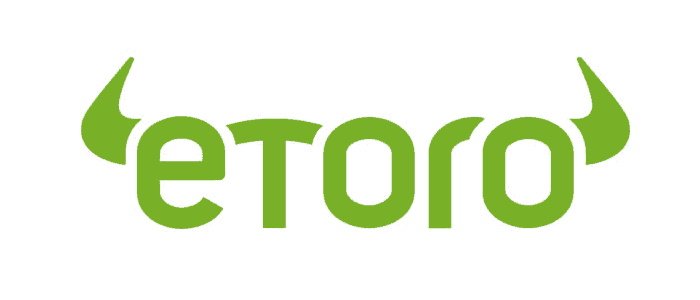 Etoro
Etoro
|
Cyprus | 34 Currencies including LTC | 0,10% > 1% | More info |
| 2 |
 Crypto.com
Crypto.com
|
Hong Kong | 287 Currencies including LTC | 0.04% - 0.4% | More info |
| 3 |
 Coinbase
Coinbase
|
US | 241 Currencies including LTC | 1,49% > 3,99% | More info |
| 4 |
 Binance
Binance
|
Cayman Islands | 366 Currencies including LTC | 0,10% | More info |


